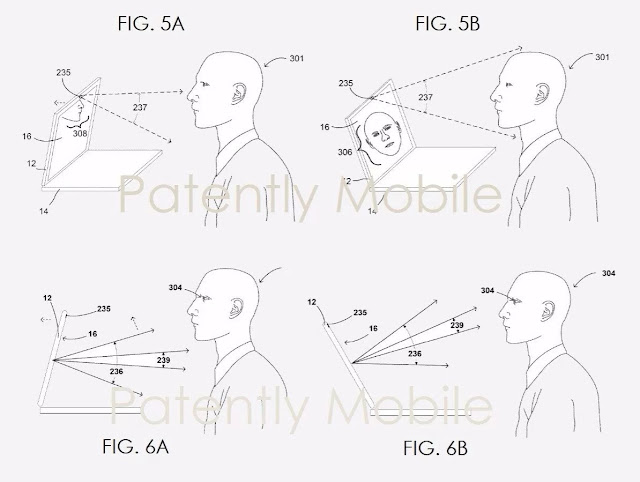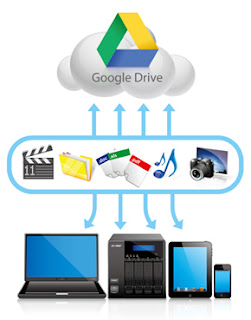Most companies, particularly those the size of Google, are always turning out with new concepts and filing patents to maintain ownership of the design or product. because of this, Google owns the patents on some interesting designs, but that doesn’t mean they’ll ever actually get incorporated into a real product.
A new patent was just given to Google, however, is something we could actually envision coming to a Chromebook or Pixelbook in the future
The patent, 1st noticed by Patently Apple, was 1st filed back in 2013 by Google and Ken loo, Senior Product Design Engineer who worked on the self-driving car project, the pixel smartphones, and the Pixelbook.
the laptop lid would have to find someone tapping those that would want to be part of a touch-sensitive
The concept behind the patent itself is much easy. 1st, the laptop lid would have to find someone tapping those that would want to be part of a touch-sensitive. Then, using different ambient light sensors as well as other cameras, the laptop would use a motorized hinge to open the computer’s lid.
What is even better, however, is that the different sensors also identify and open the hinge to the best angle for viewing to track the user’s face
Below is a quick abstract of the patent:
A portable pc that has a motorized hinge structure capable of moving the lid between an open and closed position. The lid movement is based on input from a plurality of sensors. One sensor may be configured to determine whether the user is within a predetermined threshold distance. Another sensor may be capable of detecting whether the user has made direct contact with the laptop. As an embodiment, the computer may have an image sensor can be configured to detect the user’s face and continuously adjust the angle and position of the lid to keep the face in the field of view of the camera and/or keep the lid in the optimum viewing position.
Unfortunately, as I stated above, most of these patents ne'er get incorporated into the actual product. could we see this motorized hinge in a future Pixelbook 2? It’s possible, but don’t count on it. more than likely, the cost and size of the motorized hinge would be too much for Google’s pricey and super-thin Chromebook.
 |









